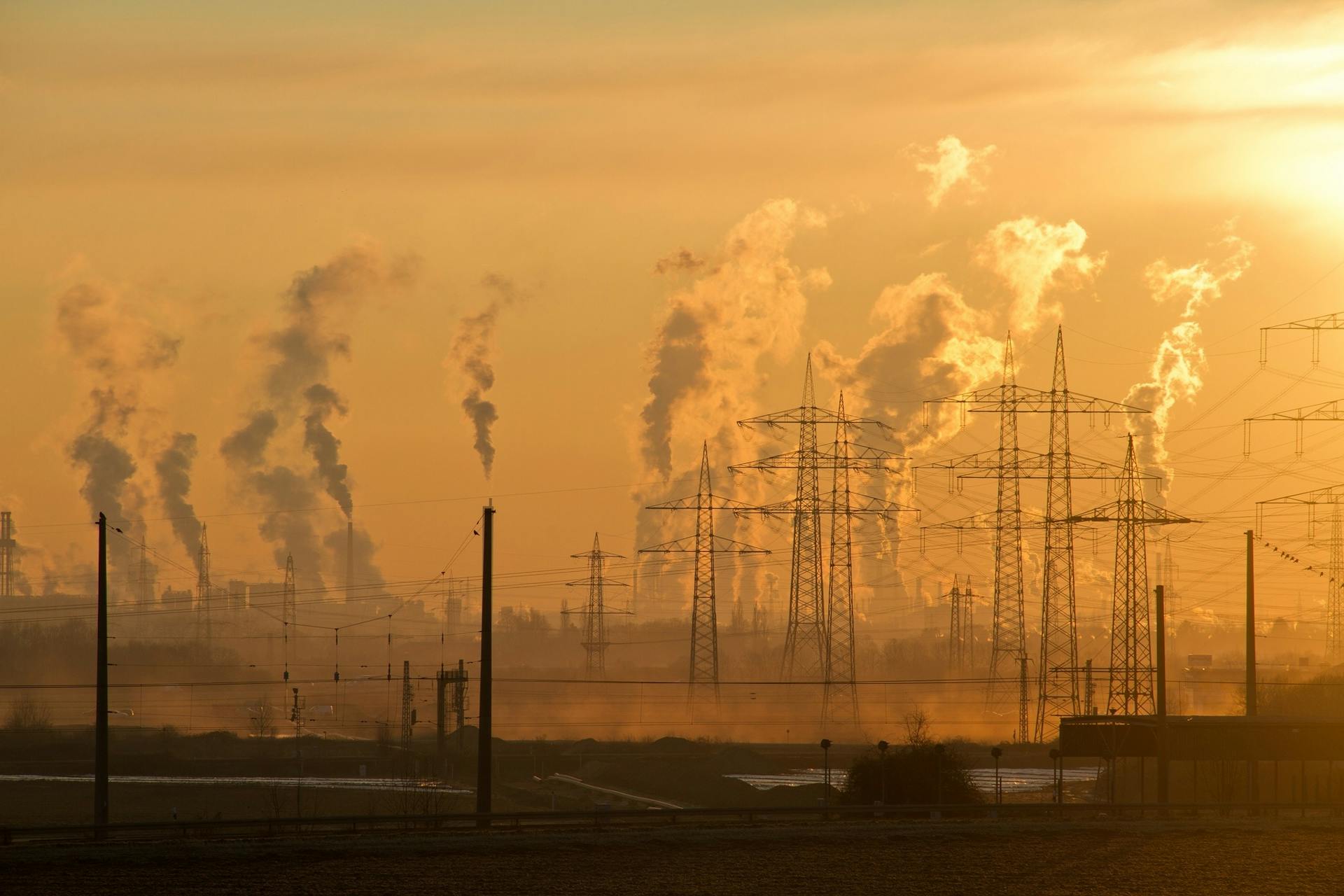
By Dean Aubrey Caratiquet
Synonymous with the provisions stipulated under the Philippine Development Plan 2023-2028, the Department of Environment and Natural Resources (DENR) continues to find ways to reduce greenhouse gas emissions and safeguard public health and the environment.
This was evident in the agency’s latest report, noting a general improvement in the country’s air quality in 2024, thus fulfilling President Ferdinand R. Marcos Jr.’s agenda of ensuring a livable and sustainable future for Filipinos.
Based on records from the Environmental Management Bureau (EMB) for 2024, Metro Manila’s air quality has shown a 17.4% improvement in terms of Particulate Matter 10 (PM10) concentration, which the agency attributed to the long-term effects of the implementation of Euro-4 fuel and emission standards in 2016.
Data shows that the average concentration of PM10 in Metro Manila dropped from 46 micrograms per normal cubic meter (µg/ncm) in 2016 to 38 µg/ncm in 2024.
Across the country, the PM10 average also decreased by 28.2% from 39 µg/ncm in 2016 to 28 µg/ncm in 2024. These figures are well below the maximum acceptable levels under the national air quality guideline value for PM10, which is 60 µg/ncm.
Metro Manila also recorded improvements by 37.6% in PM2.5 levels, which averaged 27 µg/ ncm in 2016, falling to 16.86 µg/ncm in 2024. On a national scale, PM2.5 levels decreased from 20 µg/ ncm in 2016 to 16 µg/ ncm in 2024, reflecting the effectiveness of current emission reduction initiatives. The acceptable annual air quality guideline values for PM2.5 at 25 µg/ncm.
In 2024, 65% or 22 out of 34 highly urbanized and major urban centers were within the ambient air quality guideline values for both PM10 and PM2.5, surpassing the national target of 62%.

Further interventions to curb air pollution
While the shift towards Euro-4 fuels and compliant automobiles made a dent in alleviating air pollution nationwide, the EMB still cites motor vehicles as the primary contributor to this health and environment concern—but has vowed to intensify its initiatives to further reduce vehicular emissions.
Moreover, the Bureau is also closely monitoring the real-time compliance of coal-fired power plants and cement manufacturing facilities, among other industries, to their adherence to prescribed emissions standards through the Industrial Emission Monitoring Program.
As of 2024, the EMB operates and maintains 113 Air Quality Monitoring Stations across the country to further strengthen air quality management. These stations provide essential real-time data on harmful air pollutants, which is the basis for air quality assessments and policy decisions.
During volcanic eruptions and haze events, the EMB also issues a Daily Air Quality Bulletin in coordination with the National Disaster Risk Reduction and Management Council (NDRRMC), allowing local government units and communities to prepare and respond effectively.
The EMB is now actively leading the transition toward Euro V fuels and engines, which is expected to reduce particulate matter emissions by up to 95.5 %. The Bureau is also working to amend and strengthen existing industrial emission standards under Republic Act No. 8749, also known as the Philippine Clean Air Act of 1999, with a focus on regulating emissions of particulate matter, carbon monoxide, nitrogen oxides, and sulfur oxides from industrial sources.
jpv
